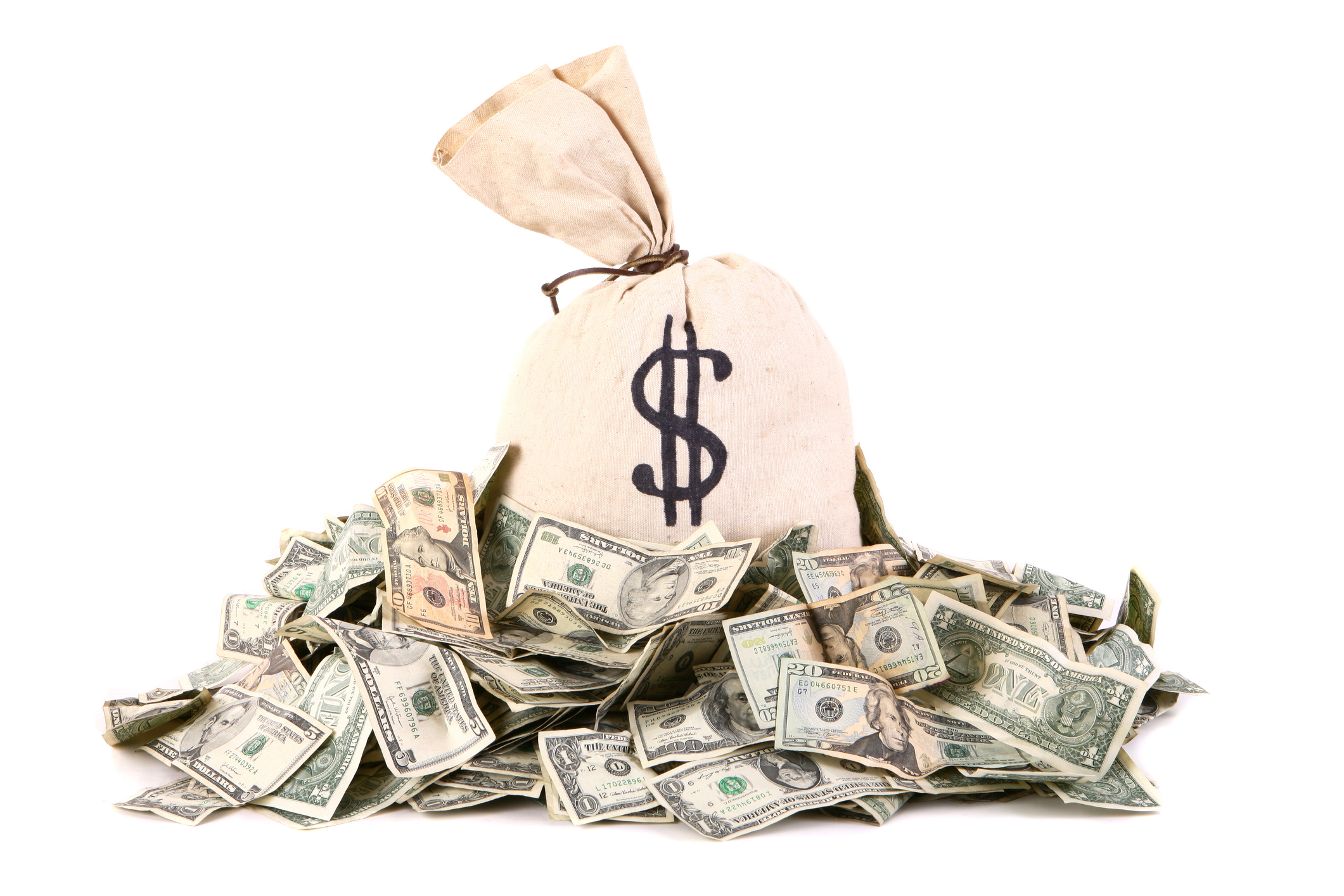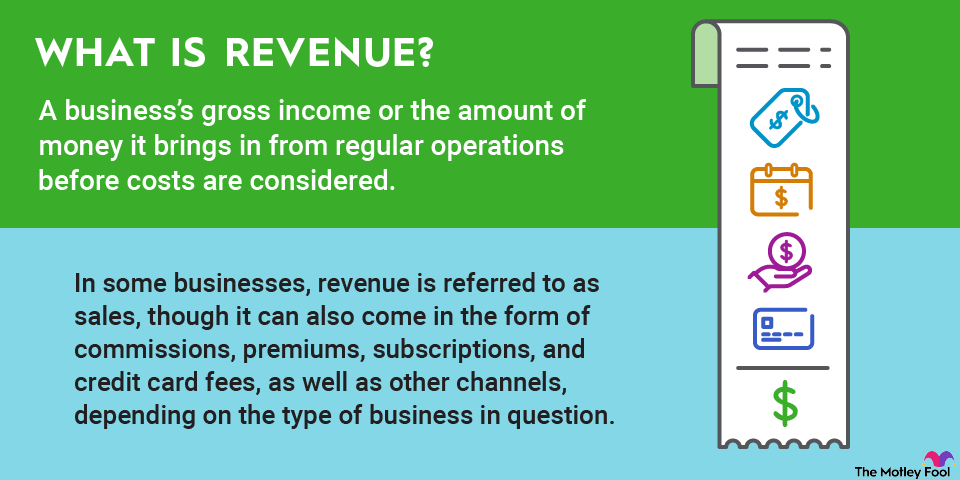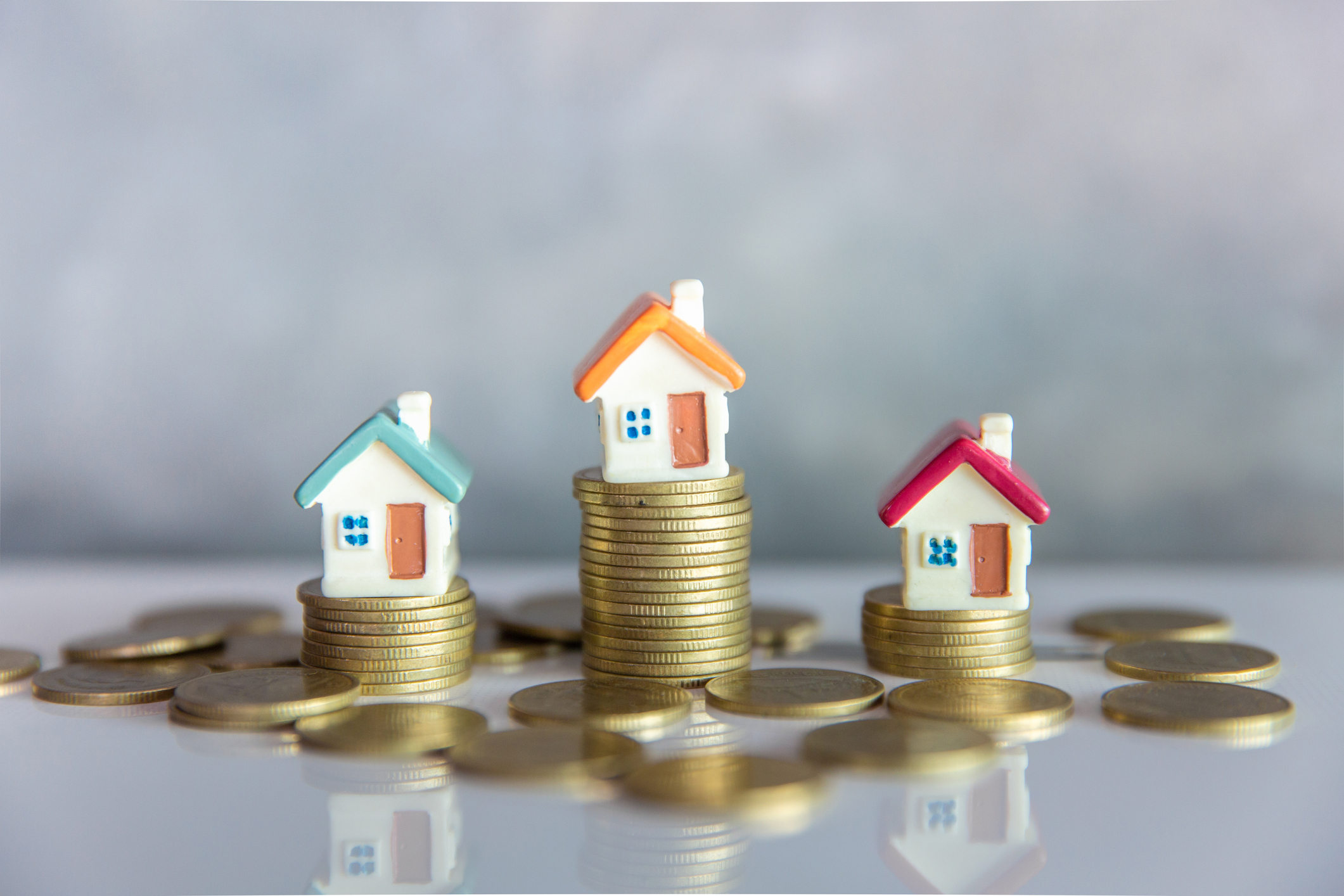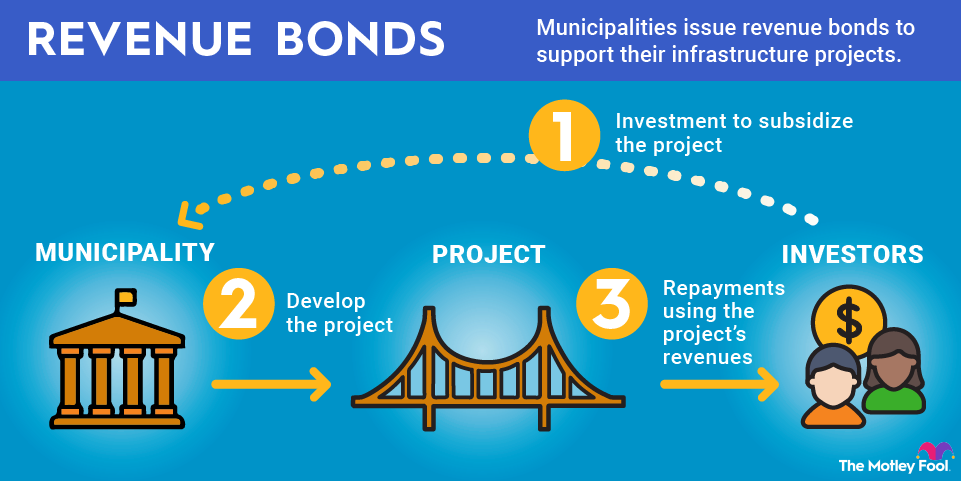It's one thing for us to tell you that your risk tolerance matters and that you should consider it in your investing practices, but it's quite another to actually measure the outcomes of that. Risk-adjusted return is one way to do just that -- and tease out the level of risk from the returns you're earning. Read on to learn more.
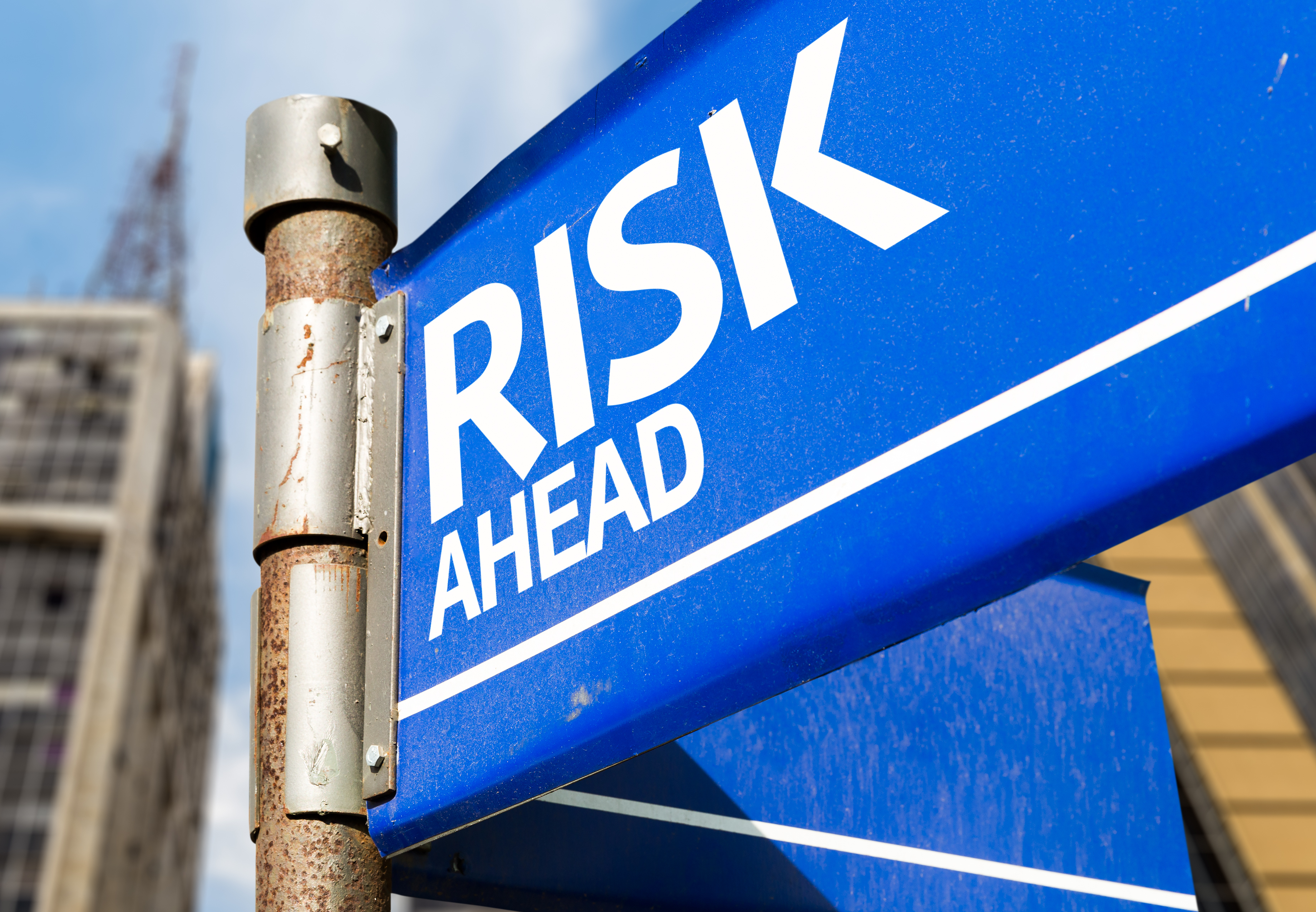
What is risk-adjusted return?
Simply put, risk-adjusted return is a way to compare investments with the risk they carry. It's very likely that a risky, winning gamble on a start-up will be massively better than a steady investment in an established company with a long track record strictly in dollars and cents, but that might not be the case when the risk is calculated into the return.
Risk-adjusted returns help you better understand where your investments are thriving and where they're flailing, especially if they have vastly different risk profiles. This can help you make more balanced investments, with an amount of risk you can quantify.
How is risk-adjusted return measured?
There are actually many ways to measure risk-adjusted return, but these are three common methods:
- Sharpe Ratio. The Sharpe Ratio looks at the return per total unit of risk.
- Sortino Ratio. The Sortino Ratio only looks at downside risk potential.
- Treynor Ratio. The Treynor Ratio looks at returns per unit of systematic risk, otherwise known as market risk.
These allow you to look at risk in different ways, and to consider other things like the risk-return trade-off that should be taking place when you're investing in riskier assets. Put another way, if you don't get a bigger reward for taking bigger chances with your money, then what is the point of exposing yourself to the higher chance of loss? Since you can't buy everything, the risk you take has to be worth the payout.
Risk-adjusted return formulas
The formulas for each of the common risk-adjust return ratios are all pretty simple, but you'll need additional information that speaks to the risks of your particular investment in order to perform the calculations.
Here are the formulas:
Sharpe Ratio = (Investment Return - Risk-Free Rate) / Standard Deviation of Investment
Sortino Ratio = (Investment Return - Risk-Free Rate) / Downside Deviation of Investment
Treynor Ratio = (Investment Return - Risk-Free Rate) / Beta of Investment
As you can see, these formulas are all pretty similar and use mostly the same information. The risk-free rate that's generally used is that of Treasuries, since they are some of the most risk-free assets available to typical investors. The deviations and betas will have to be calculated for each asset you consider.
Related investing topics
Why risk-adjusted return matters to investors
The more you know about what your invested money is doing, the better off you'll be – to a point. Calculating the risk-adjusted return isn't something every investor will take the time to do, and that's OK, but if you really want to know where your money is working the hardest for the risk it's taking, this is how you do it.
Risk-adjusted returns can tell you if you're taking some really big leaps for not much payoff. If you are, it just makes more sense to buy something a lot less challenging and with less risk involved. If you can buy an S&P 500 ETF that returns the same as a high-flying tech stock that's just launched its first and only product after the risk is considered, for the long term, you're probably better off going with the ETF. Could the stock take off and make you a fortune? Sure. But you could also lose everything, and if the return isn't there, why take the risk?



